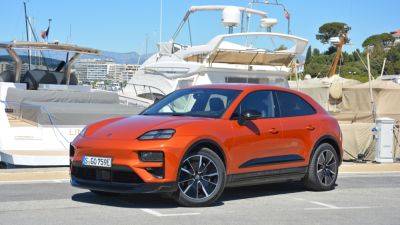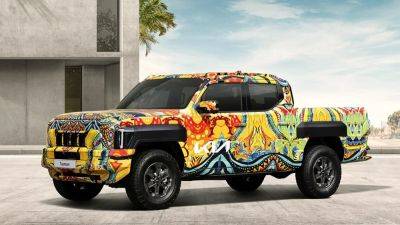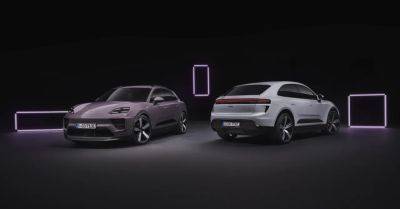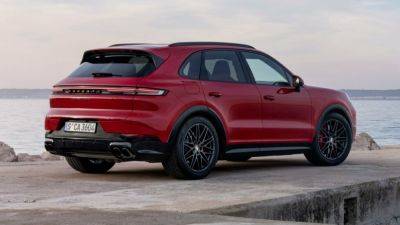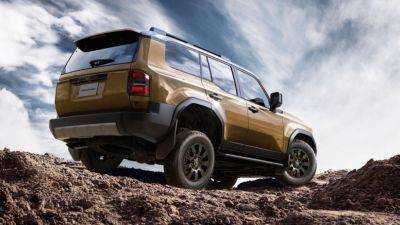First Drive: 2025 Porsche Taycan makes good on the mission
Numbers alone aren’t what make a car thrilling or great. But they’re often what gets the conversation started.
When Porsche revealed its original Mission E concept, in 2015, it was in many respects a first-draft effort of what it needed to do to one-up Tesla, and it dropped some positively jaw-dropping numbers. Porsche focused on an eye-catching, low-set sedan design and claimed a driving range of just over 300 miles; 10-80% charge times in the vicinity of 15-20 minutes from an 800-volt system; a 0-62 mph time of 3.5 seconds; and a lap of the famed Nürburgring circuit in less than eight minutes.
Four years later it delivered the Porsche Taycan production model. It blew away the Mission E performance targets, and it brought a precision and poise not unfamiliar to Porschephiles but unlike anything ever offered at the time in an EV. But the things that were missing, by U.S. numbers especially, were remarkable range and efficiency—a foundation that the Taycan actually did exhibit in real-world American road-trip situations, but didn’t represent in test numbers.
More than another four years later, after nearly 150,000 Taycans sold globally, a second generation of the J1 platform underpinning the Taycan has arrived. The Taycan might look mostly the same, but with an extensive re-engineering Porsche finally has all the numbers down pat in a way that will let the grand-touring sports car shine.
2025 Porsche Taycan
More performance, more miles, faster charging
Porsche did exactly that: It left the Taycan’s design and packaging alone, but methodically went after efficiency and faster charging—plus, of course, greater performance. In a way that only a German engineering-driven automaker would, Porsche breaks down its effort on the Taycan in terms of actual money spent on development cost, showing that 70% went toward performance, efficiency, and charging.
The starting point for an EV revamp might as well be the battery. Here the gross battery capacity has risen from 93.4 kwh in the former Taycan to 105 kwh (with 97 kwh of usable capacity), thanks to more energy-dense cells, while the overall weight of the battery pack has fallen 20 pounds, to 1,375 pounds.
Across the


